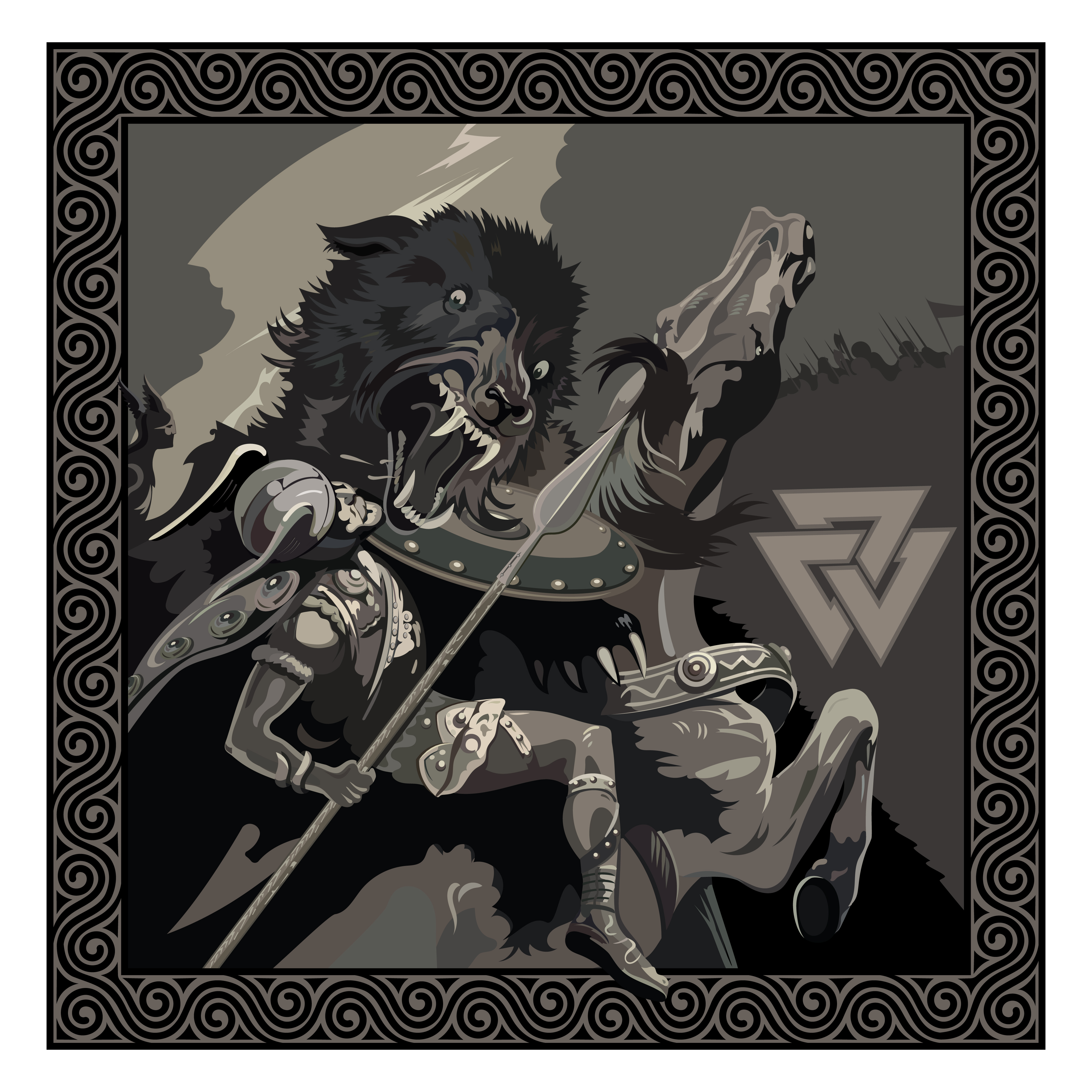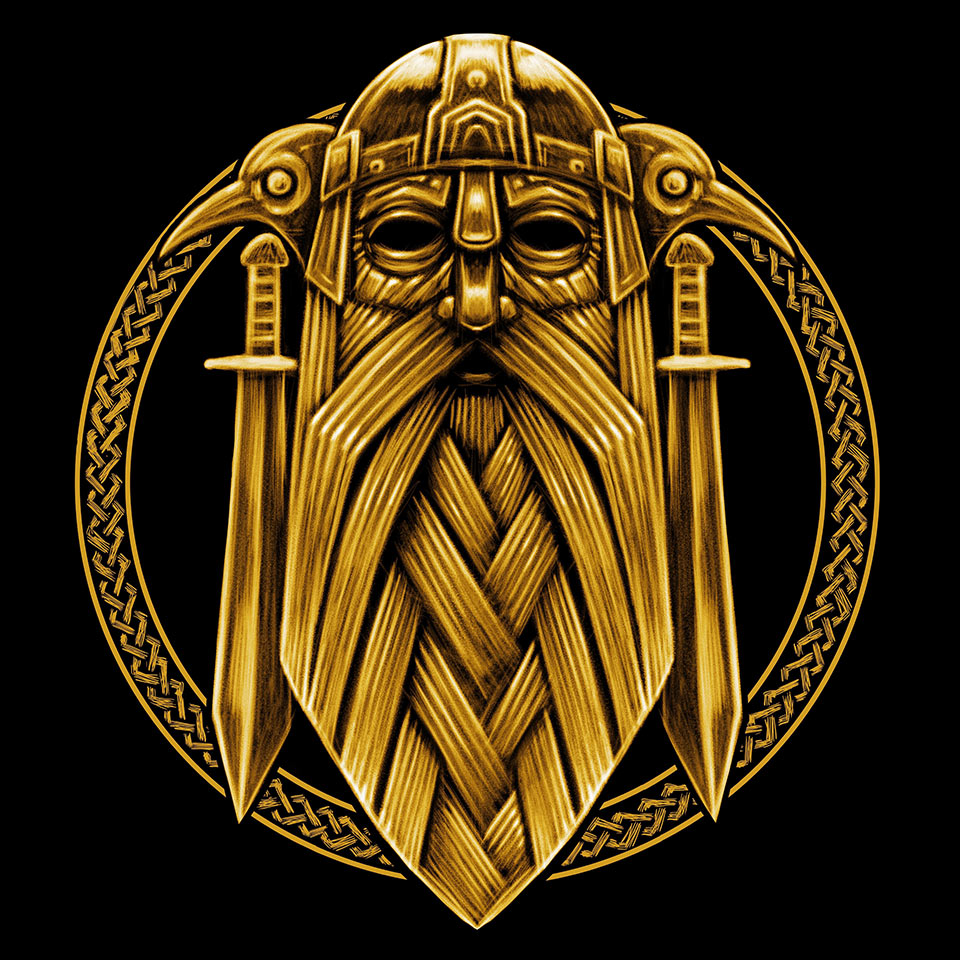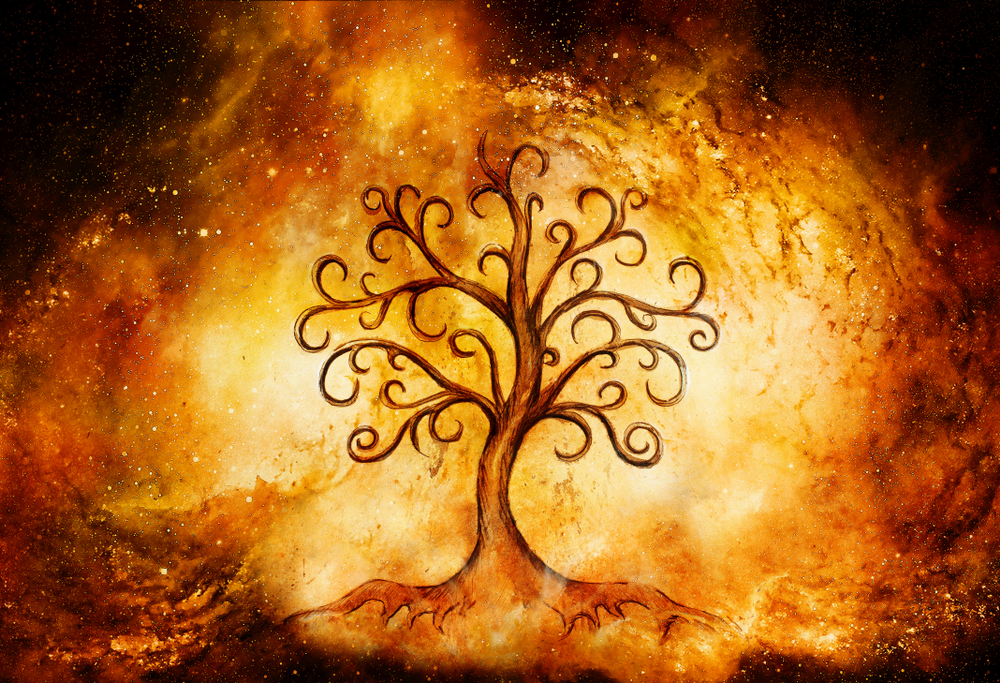Sometimes called the 'silent god,' Vidar is the Norse god of vengeance and the second-strongest god in the Norse pantheon, second only to Thor. To be clear, when we refer to strength, we refer only to physical strength, not as a byword for power, because when you factor in everything, not just battle prowess and sheer might, it is undoubtedly the AllFather Odin who is the most powerful of all the Norse gods. Incidentally, Vidar was yet another son of the supreme god, Odin, giving him an important standing amongst the plethora of Norse deities.

Jump to:
As far as magical Norse gods go, Vidar is a rather unconventional figure. Despite his apparent might and strength, he would prefer to sit in silent contemplation in his dwelling of Vidi, a great hall within Asgard. His preference for reconciliation as opposed to fighting is what led to his moniker of the silent god. While in his residence of Vidi, it would not be uncommon to find him working on his special thick shoe. This shoe, which is fashioned from the wares of many different shoemakers across Midgard, is one of his most instantly recognisable features.
But, do not let Vidar’s silent god title fool you. Despite living a rather peaceful life, especially compared to other Norse gods, his tale is one of vengeance and resilience. One of Vidar's most significant moments comes during the end-of-world event, Ragnarok. During Ragnarok, Vidar avenges Odin's death by slaying Fenrir, the great wolf who killed him. This act of vengeance is symbolic of Vidar's role as a god of retribution. As one of the sole surviving gods, Vidar also plays an important role in the rebirth of the world after the cataclysmic events of Ragnarok.
Despite his importance in the nine realms, there is not nearly as much attention given to this sometimes-forgotten son of Odin.
Want to put your knowledge of the Norse pantheon to the test?
Centre of Excellence has you covered.
Visit our Norse Gods and Goddesses Hub to sample the first 2 modules of our £127 Norse Mythology Diploma Course for FREE
What is Vidar The God Of
Vidar is commonly known as the Norse god of Vengeance. He is also referred to as the Norse god of silence and resilience on occurrence. As written in the Prose and Poetic Edda, he was given many other titles, such as ‘the silent As,’ possessor of the Iron Shoe and ‘slayer of Fenrir.’
While Vidar is famed as the god of vengeance, Norse myths do not record him as a warrior or military leader. Because of this, it is not appropriate to refer to him as a war god. This is further highlighted by the fact that Vidar is commonly referred to as the silent god because of his previously stated preference for contemplation rather than battling.
While it is sometimes difficult to encapsulate his role into one domain, after all, he also showcased attributes of renewal and deconstruction; his title as the god of vengeance seems most applicable and is what he is most known for.
What Powers Does Vidar Have?
Vidar possesses several notable powers and attributes that set him apart as a formidable deity among the Æsir gods. His powers reflect his role as the god of vengeance. His most notable power is that of immense physical strength and expertise in combat. Second only to Thor in terms of physical might, his incredible strength is one of his defining features.
While technically not a power in the traditional sense, Vidar exhibits incredible durability and resilience. It is not just physical resilience in which he excels but also metaphorical resilience; it is this attribute that allows him to survive the cataclysmic events of Ragnarok and play a role in the birth of the new world.
Who Were His Parents?
Vidar is a son of Odin, which makes him half-brother to both the God of Thunder, Thor and the God of Mischief, Loki. His mother was the giantess Gridr who is famed for lending Thor some of her armaments, including her belt, staff and iron gloves. These armaments aided on his quest to kill Geirrod.

What Is His Role in Ragnarok
In Ragnarok's climatic lore, where many of the most famous Norse deities play a key role, Vidar takes centre stage. After his father's death at the jaws of the monstrous wolf Fenrir, Vidar steps up to avenge him. This moment is achieved through Vidar’s unique preparation and unrivalled persistence. He uses his special shoe, crafted from the scraps of leather discarded by shoemakers, and studies the combat strategy of the beastly wolf.
Vidar's role does not end with vengeance; he is among the select gods who survive the cataclysm. His survival heralds a new beginning, marking him as a key figure in the post-apocalyptic renewal of the Norse world. Once the dust settles on Ragnarok, there are only two Æsir gods remaining, that being Vidar and Vali, a god he is very closely associated with. It is Vidar and Vali who oversee the start of the new world.
How Does Vidar Kill Fenrir
Vidar kills Fenrir in a manner that is both symbolic and illustrative of his immense strength and unique preparation. The method, which is one of the most gruesome ways imaginable, is detailed in the myths and involves the use of his special shoe.
During the battle between the silent god and the monstrous wolf, Vidar uses this shoe to step on Fenir's lower jaw, thereby anchoring himself. With his unmatched strength, he then grabs the wolf's upper jaw. In a display of divine power and determination, Vidar tears Fenrir's mouth apart, effectively killing the beast and completing the silent god’s act of vengeance.
Why Is Vidir Silent
There is no direct indication that Vidar took a complete vow of silence, it is largely accepted that, at least for the most part, he is silent or speaks very little. It is unknown exactly why Vidar is largely silent. However, it has been posited that it is connected to ritual silence and other abstinent behaviour in relation to vengeance. It was said that Vidar was born for the sole purpose of revenge, and he had little time for things that would not help him achieve his goal. This included parties, adventures, and frequent speeches. Another example of this abstinent-like behaviour comes from the god Vali, who stopped washing his hands and combing his hair until the body of the one he vowed to kill ended up on the funeral pyre.

What Does Vidar Look Like
Descriptions of Vidar in Norse mythology focus more on his attributes and actions rather than detailed physical appearances, which is common for many mythological figures. However, based on his role and the symbolic elements associated with him, we can interpret certain aspects of his likely appearance.
He has been envisioned as strong and stoic, with a large warrior’s build. Because of his battle prowess, he is often imagined wearing warrior’s attire such as body covering armour, chain mail, a helmet and sometimes even a cloak. As one of his most distinguishing features, his special shoe is also present in many depictions. Vidar is also sometimes pictured with a long beard and long hair, as are many of the other Norse gods. While this feature is by no means an essential part of his character, many artists envisage him with decidedly longer hair.
Learn More About Norse Mythology from the Centre of Excellence
If you are interested in learning more about the expansive and diverse world of Norse mythology, be sure to visit our Norse Gods and Goddesses hub. There, you can access the first two modules of our fantastic Norse mythology diploma course for FREE. There is so much more to learn about Vidar and the other Norse gods, so why not enrol today?
Want to put your knowledge of the Norse pantheon to the test?
Centre of Excellence has you covered.
Visit our Norse Gods and Goddesses Hub to sample the first 2 modules of our £127 Norse Mythology Diploma Course for FREE




